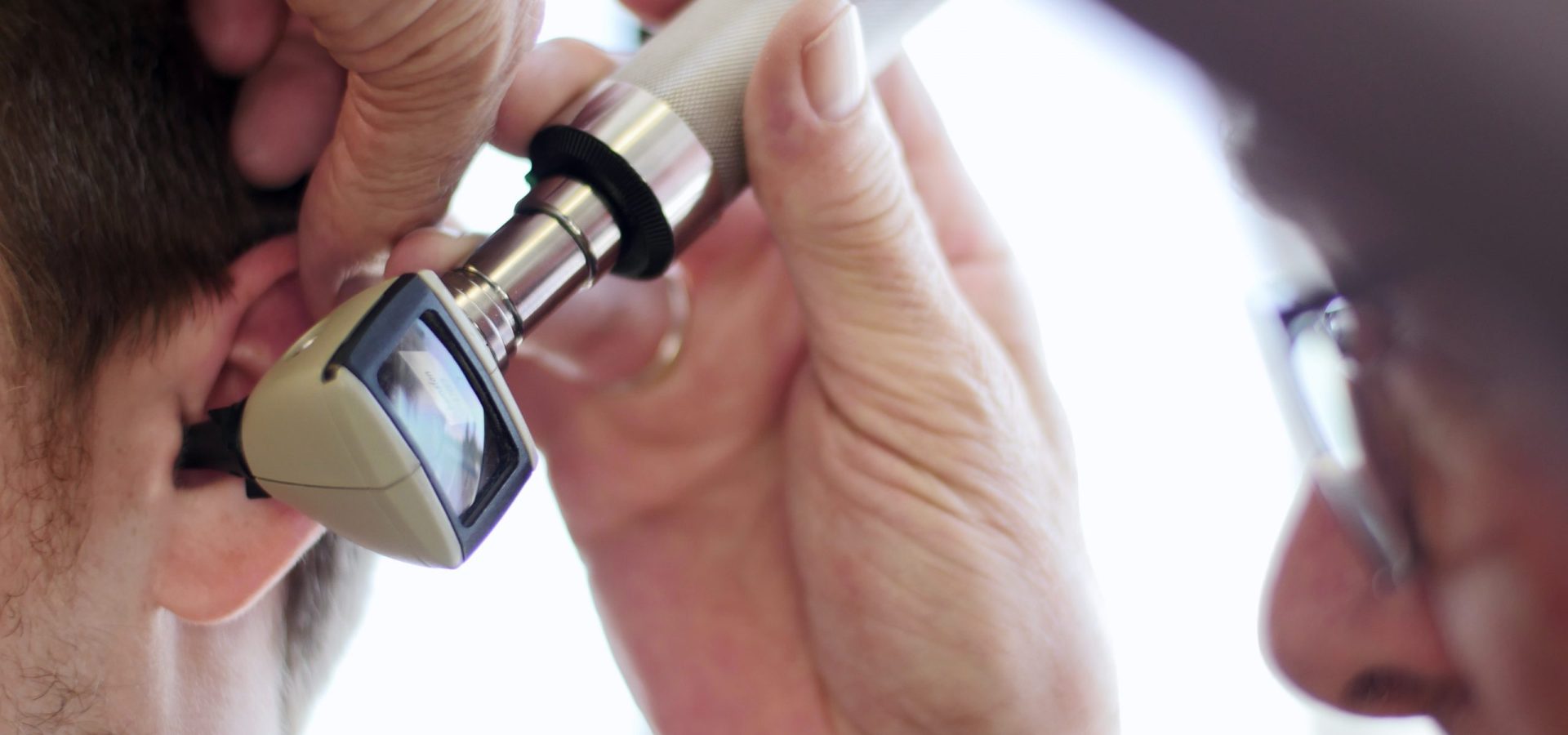Menu

Hearing loss can be such a debilitating condition for anyone to face. Not only does it impair your ability to listen, but it also significantly affects your communication, social interaction, day-to-day function, and overall quality of life. This is why it’s important to see an audiologist as soon as you start noticing a decline in hearing so that it won’t quickly escalate into a severe condition or lead to a complete hearing loss.
In this article, we’ll discuss the varying levels of hearing loss. Read on as well to see what hearing aids or other measures you’ll need to address your hearing problem.
Sound measurement
Before we go any further, let’s first discuss sound measurement and understand that there are two ways to measure sounds.
One way to measure sounds is through units called decibels (dB). Here are some common noises you frequently hear so that you’ll have an idea of how loud decibels are:
- Breathing: 10 dB
- Normal conversation: 40-60 dB
- Lawnmower: 90 dB
- Rock concert: 120 dB
- Gunshot: 140 dB
Another way to measure sounds is through frequency or pitch called Hertz (Hz). Keep in mind that a range of 250 Hz to 8000 Hz is measured during a hearing test. This range encompasses speech frequency, which is vital for communication.
Hearing loss levels
Now, let’s take a look at the five levels of hearing based on dB and Hz:
- Slight hearing loss: This is when you cannot hear sounds below 15 dB. A few examples of sounds you can no longer absorb are whispering and shuffling leaves.
- Mild hearing loss: This is when you cannot hear sounds lower than 26 dB. The chances are that you start asking people to repeat what they say multiple times during a conversation due to background noise.
- Moderate hearing loss: This is when you cannot hear sounds below 40 dB. At this level, you will also ask people to repeat themselves during a conversation, even if it’s in person and over the telephone.
- Severe hearing loss: This is when you can no longer hear sounds lower than 70 dB. In this case, you can no longer listen to people speak without the use of a hearing aid.
- Profound hearing loss: This is when you cannot hear sound lower than 95 dB. At this level, you need a hearing aid or cochlear implant to be able to hear extremely loud conversations or sounds.
Hearing loss measurement

If you want to know at what hearing loss level you are currently in, it’s best to see a hearing specialist instead of relying on over-the-counter or mail-order solutions. During the visit, expect your audiologist to administer a series of hearing tests. These tests will then be evaluated via an audiogram—a graph of the softest sounds you heard during the test. From there, your audiologist will be able to gauge your hearing loss level and provide the necessary treatments or recommendations, which may include the use of a hearing aid and therapy classes.
Conclusion
No matter the level, sudden hearing loss must be immediately checked and treated. As soon as you start noticing a hearing decline, take time to see a audiologist and get the necessary tests and treatments – you’ll thank yourself later on for taking action as soon as possible!
Are you looking to get a hearing test and get hearing aids for your condition? You’ve come to the right place! Our hearing clinic in Langley is committed to delivering comfort and ease with every hearing aid style that you use. Get in touch with us today to see how we can help!
Share Post
Facebook
Twitter
LinkedIn
Email
Reddit
Pinterest
